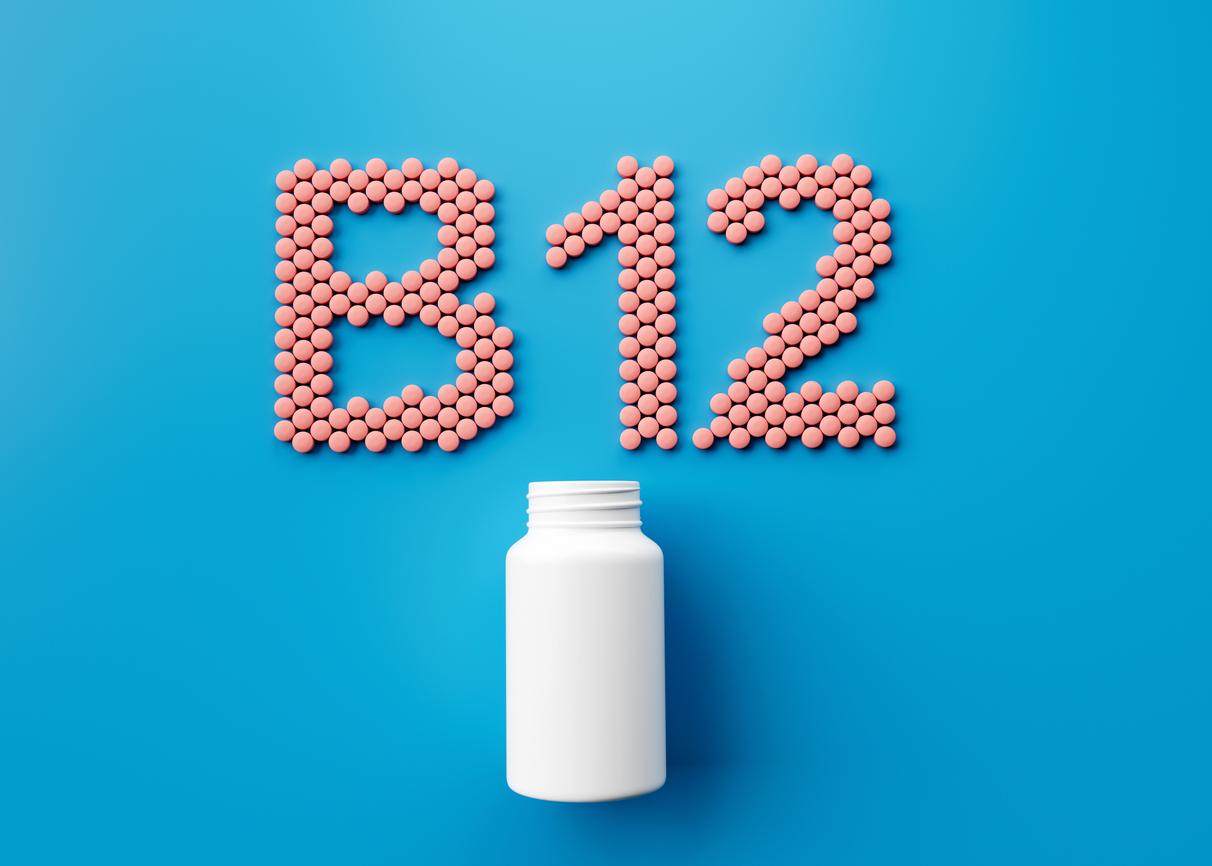American neurologist Bruce Ovbiagele is editor of the Journal of American Heart Association. He recently shared his routine to keep his brain healthy and avoid strokes. A stroke, or stroke, is a serious medical condition that occurs when blood flow to a part of the brain is disrupted. It can be of two types: ischemiccaused by a blood clot blocking an artery in the brain, or hemorrhagic, due to the rupture of an artery in the brain. This can cause brain cell damage and symptoms such as numbness, weakness, speech and vision problems, and even loss of consciousness.
Although strokes can occur at any age, the average age of patients is 74 years old. However, more and more younger people are affected each year. In question, risk factors related to lifestyle. The expert therefore explains that most strokes are preventable and that he himself has adopted certain habits to keep his brain healthy.
What are the risk factors and how to prevent stroke?
The doctor advises his patients to follow a healthy lifestyle because the main risk factors are linked to our habits:
- high blood pressure
- diabetes
- obesity
- the tobacco
- the alcohol
- the stress
A balanced diet is essential. A diet similar to mediterranean dietfavoring fruits and vegetables as well as good fats, has proven itself in the prevention of strokes.
Dr. Ovbiagele also recommends exercising regularly to lower blood pressure but also maintain a normal BMI. Practicing 30 minutes of light to moderate physical activity daily reduces the risk of stroke.
Finally, the expert stresses the importance ofavoid stress and follow your doctor’s recommendations. A regular blood check monitors blood pressure, cholesterol and blood glucose levels.
For his own brain health, Dr. Ovbiagele exercises regularly, follows a Mediterranean diet and maintains a positive attitude. It also suggests that intellectual stimulation and adequate sleep are important for brain health. The doctor points out that, although called “accidents”, strokes are much more dependent on preventable risk factors than chance.
Source : Journal of the American Heart Association

















